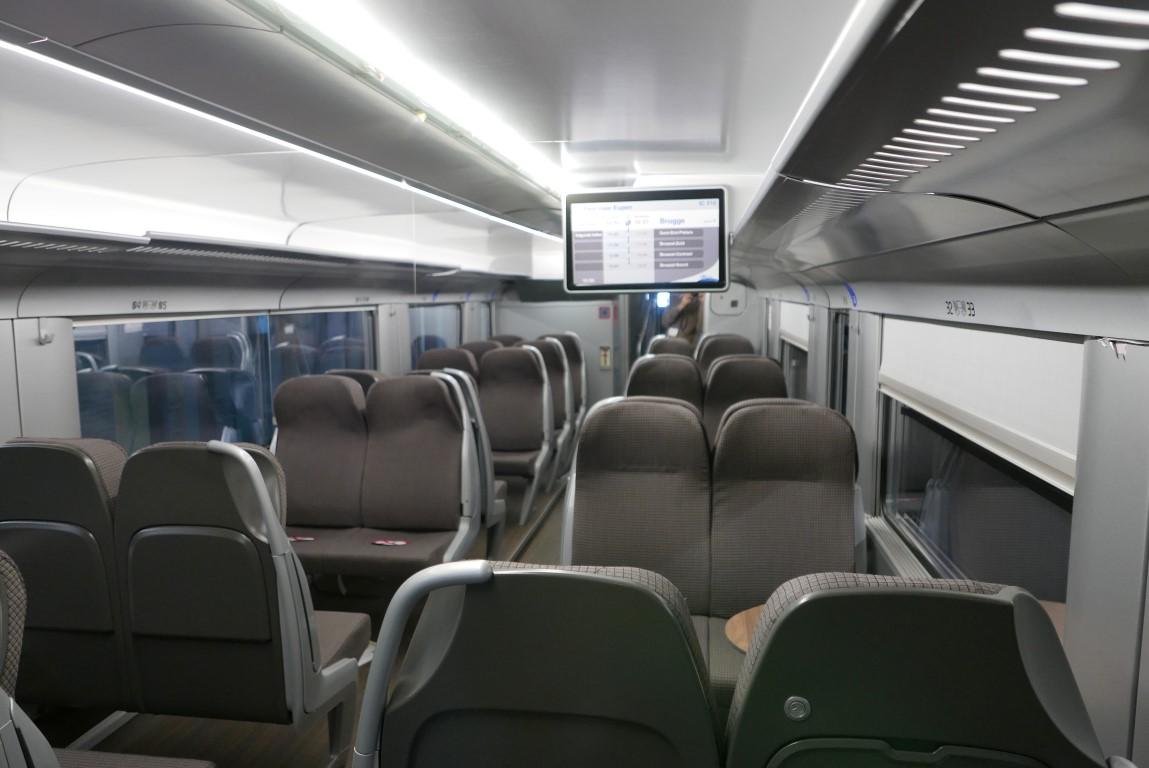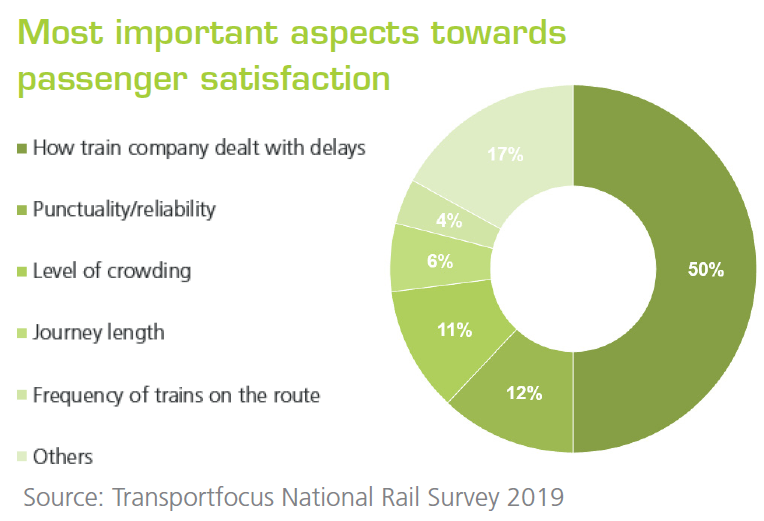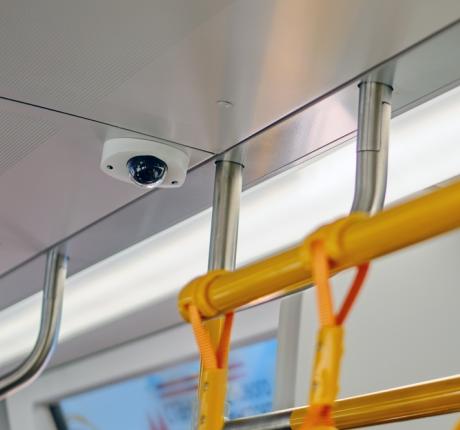
The evolution of on-board Passenger Information Systems
The technical and economic lifecycle of railway systems can easily span several decades. In contrast to the smartphones in passengers’ pockets, railway technology cannot be replaced every 2-3 years. Still, passenger information systems (PIS) are clearly evolving at a fast pace. These are the trends in on-board passenger information systems.
Stay up-to-date! Subscribe to our news today.
In a nutshell
- Static information systems are disappearing
- Information systems have evolved to fully interconnected IT systems
- Changing mobility paradigms combine personal devices with ambient information on-board trains
- Keeping an overview on the information becomes increasingly important

Many passengers are accustomed to the combination of old and newer-generation vehicles in the same journey. You might need to rely on public announcements by a driver or a guard for the first part of your trip. After boarding a recent vehicle, suddenly you enjoy automated announcements with crystal clear audio and bright and shiny displays informing you about delays, connections and vehicle occupancy statuses. Paper advertisement and seat reservation labels have been replaced with digital technologies.
Static systems are disappearing
The interest in audio-only, static PIS solutions is significantly falling and in some parts of the world already a thing of the past. In several regions real-time information systems are no longer an exception: throughout their journey, passengers are kept continuously up to date on delays and connections.
Connectivity is key
On-board PIS solutions have evolved from being “islands” on a train to fully interconnected IT systems, interfacing with several on-board systems and other data providers. This allows the PIS to improve information delivery and collect data for further processing. With passenger information becoming an integral part of the operator back end, system requirements related to cyber security and standard interfaces are getting more and more attention.

Mobility is evolving quickly
Mobility is becoming an increasingly hot topic. Terms such as “multimodal”, and “autonomous fleets” – to name a few – are regularly spotted in mainstream news articles, and several pilot projects implementing one or more aspects of “changed mobility” can be found. This trend reflects the changing needs and priorities of our society.
These changing mobility paradigms trigger interesting questions on the future of passenger information systems. During a multimodal passenger journey, the passenger ideally stays informed from door to door on the progress of his journey. While a personal device like a smartphone plays a role here, ambient information shown on public transportation vehicles remains a crucial element in confirming basic info to reassure and inform the passenger, especially during times of disruption. Information about the next step in a passenger’s journey – be it a connecting service, a rental car or bike – becomes ever more important.
Meeting future passenger demands
When increasing the amount of real-time information sent to vehicles and certainly when “autonomous fleets” come into play, keeping an overview of the information sent to fleets and providing the means to remotely verify and control passenger information becomes more important. Continuously improving passenger information delivery and management across a diverse fleet and several modes of transportation remains an interesting mission.



